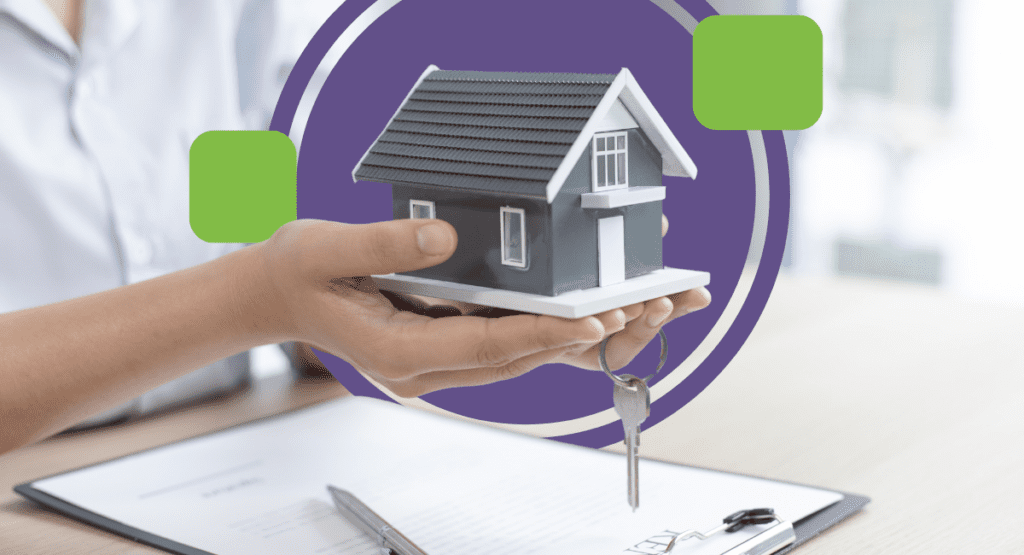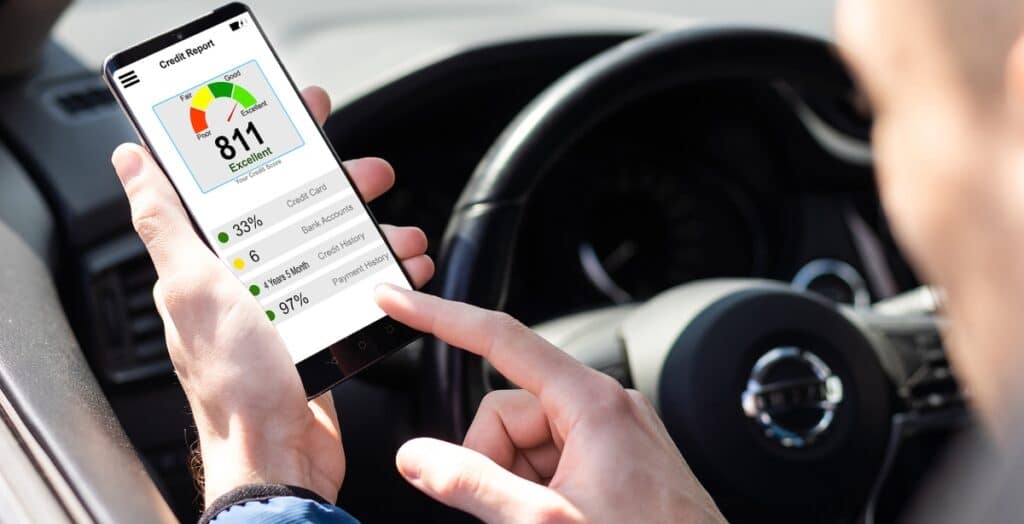19 Best Physician Home Loans in 2024

What mortgage product do you need?
Your Occupation
Home Price Range
Preferred Down Payment
Stage You're At in the Home Buying Process
When Do You Want a Mortgage Approval?
How Many Banks Would You Like Quotes From?
Any Bankruptcies or Short Sales?
Full Name
Phone Number
State Where You Plan to Purchase
Metro Area Where You Plan to Purchase
Citizenship Status
Communication Preference
Would You Like to Add Any Additional Details?
Doctor Mortgages by State
Click on your state in the map below to see which bankers offer special doctor mortgage programs for your MD, DO, DDS, or DMD degree. Some banks might offer programs for PharmD, DC, DPM and DVM degree holders as well. Send them an email to get the details about their programs so you can get pre-approved for your next mortgage to buy the house of your dreams.
Are you a physician, dentist or other type of medical professional looking for a doctor home loan?
Note that each of the lenders listed have different qualifications for doctor mortgages. Be sure to inquire further with each lender about their specific qualifications.
Note that by far, the biggest benefit of a doctor mortgage is that you can buy your dream home right now instead of waiting until you have a much larger down payment.
Doctor mortgages could also offer lower interest rates than jumbo mortgages if you're looking to borrow more than the conventional mortgage limit (around $726,200 in most states, as of 2024).
We see most successful prospective homeowners fit the following profile:
- No history of adverse credit events, such as a bankruptcy or short sale within the past seven years (in most cases, but not all)
- A credit score in the high 600s, if not higher
- Medical Professionals: Generally must be a physician, dentist, dental specialist, or podiatrist to be eligible. Some banks offer programs for other professional degrees as well.
You want to reach out to at least two banks if you want to have a higher chance of securing the best interest rate.
Physician mortgage loans: More than just for physicians
If you’re in any of the following professions, you could qualify for a doctor mortgage:
- Physician
- Dentist or Dental Specialist
- Veterinarian
- Optometrist
- Certified Registered Nurse Anesthetists (CRNA)
- Nurse Practitioner
- Attorney
- Podiatrist
It’s called a physician mortgage because that’s the group that banks marketed this kind of mortgage to when it first started. It should really be called a grad school professional mortgage these days.
Banks have gradually figured out that having a multi-year professional degree makes you a far lower risk for default compared to the population at large. That’s why many have expanded their physician mortgage programs to other healthcare professions and a few others.
Dentists will have the easiest time qualifying, as banks lump you in with MDs and DOs. Some banks want to only work with board-certified veterinary specialists, although others extend the program to anyone with a Doctor of Veterinary Medicine (DVM).
Other professions tend to be bank by bank. Some will have good programs for say a CRNA with a high salary, while others won’t lend but might have options for podiatrists. I’d expect banks will continue to expand access to this mortgage type for other professions in the coming years and may have fewer restrictions.
Characteristics of physician loans
Here are four key ingredients of a physician home loan:
- Required down payment is well below 20% of the house’s purchase price for borrowers. Some banks will even do 100% financing with no money down.
- Relaxed income documentation. Many banks with physician loan programs accept signed offer letters as much as three months ahead of your start date. For 1099 or self-employed physicians, banks often require fewer years of tax returns than with conventional mortgages.
- No private mortgage insurance (PMI), even though your down payment can be very low.
- Easy treatment of student loans. Physician mortgage loan programs expect you to have a lot of student debt post-medical school (or grad school). They generally use your actual monthly payment under Income-Based Repayment (IBR), Pay As You Earn (PAYE) or Saving on a Valuable Education (SAVE), formerly called REPAYE. Other mortgage lenders sometimes take 1% of the loan amount and use that in the debt-to-income (DTI) calculation of what you can afford.
What’s the catch? Physician loans usually have higher interest rates than conventional loans and traditional mortgages, where you put down 20% of the purchase price. Closing costs could also be higher for physician loans, but they're sometimes comparable to traditional loans. It really depends on the lender.
Generally, physician loans may be used only for a primary residence. They cannot use be used on an investment property or a second home, though there may be some exceptions to this.
How to use a physician loan to save money on your student debt
Pretend you have $200,000 of student loans and earn $200,000 yearly as a dentist. You’re married to a physician assistant (PA) who paid off all her loans already and earns $120,000 a year. You just found out you’re expecting your first child, so you decide the time is right to buy a house for the family.
You find the perfect place for $500,000, but it would take you a while to save $100,000 for a down payment. Assume you could get there within a year. The 30-year conventional mortgage rate is 6.25%. Pretend you use a comparison shopping tool for doctor loans and find a 6.5% loan for 0 percent down. I used our Physician Mortgage Loan Calculator to compute the numbers below.
| Payment | Doctor loan ($500k at 6.5%) | Conventional ($400k at 6.25%) |
|---|---|---|
| Monthly payment | $3,160 | $2,462 |
| First year monthly interest | $2,708 | $2,083 |
The vast majority of a payment made in the first year on a 30-year mortgage goes to the interest and not the principal. This is because of how amortization tables work.
That means with the physician mortgage, you would pay more interest in Year 1 compared to the conventional mortgage, but this interest might be tax deductible.
In this example, the dentist needs to eventually pay off his student loan, which is not tax deductible.
He could use the $100,000 of capital for a down payment on his mortgage, or he could use it to pay down his student debt. He could save money by paying down his student debt first instead (unless he somehow had an ultra low rate on the student loans).
So even if you have the money for a large down payment, there might be reasons to use those funds somewhere else.
How a physician mortgage loan can save money on taxes
If you itemize on your tax return, much of your mortgage interest on a physician mortgage would be fully deductible. Instead of a 30-year mortgage at 5% to 7%, your true interest rate could be 25% to 50% lower, depending on your income tax bracket.
Paying down your student loans before your mortgage might also allow you to start with a more aggressive student loan refinancing loan term using the refinancing ladder approach. This could further reduce your after tax loan costs.
The takeaway should be that physician loans are a no-brainer if you have student loan debt to repay. That’s because most professionals with mortgages in the $200,000 to $750,000 range will be writing off the mortgage interest on their taxes. That makes student debt far more toxic with its non-deductibility.
Using a physician mortgage loan when you plan to remodel
If you use up most of your savings on a down payment, you might have fewer funds available for remodeling and renovating.
I used a physician mortgage for my recent home purchase, and our 0% down payment gave us six figures to use towards remodeling our master bedroom, bath and kitchen.
You can utilize the more flexible options available with a physician mortgage to have additional funds left over to improve your home.
Comparison shop physician loan options if you’re ready to buy
You should only check to see what your rate could be on a physician mortgage if you’re ready to buy within the next six months. Please feel free to compare other sources besides the ones mentioned on this site. It’s not meant to be an exhaustive list, but hopefully, it’s a great starting point.
If you’re being responsible with your home purchase, then buy the house of your dreams! I don’t believe that homeownership counts as an investment. It’s something you do when you can’t rent what you want for less than 0.5 percent of the purchase price, and you plan to live somewhere for longer than five years. If that’s you, then compare away!
What options exist besides physician loans for buying a house?
Physician mortgages are just one way to borrow for a house. Here are some other options.
- Conventional: Not insured or guaranteed by the government; hence, the requirements tend to be more stringent. Primarily this means having a 20% down payment. Conventional mortgages have limits on how much you can borrow for a maximum loan amount. High-cost-of-living areas will have higher limits. As of 2023, most states have a conventional loan limit of $726,200. These limits can pose problems for some high-income professionals.
- Federal Housing Administration (FHA): You need 3.5% for a down payment. This is a popular program for first-time homebuyers, but you can qualify even if it isn't your first house. Credit score limits are very low, at only a 580 minimum. In contrast, most physician mortgages require over a 700 credit score. FHA loans have an upfront 1.75% charge plus PMI, which can easily add 0.5% to 1% to your mortgage rate.
- U.S. Department of Veterans Affairs (VA): If you’re eligible for a VA loan, it will likely be your best option. Rates compare favorably with conventional mortgages, and there’s no PMI. Down payment requirements are low as well. You’re only eligible if you’re active duty or a veteran.
I think physician loans are going to generally be better than FHA ones. VA loans should beat them on everything, but most people can’t use that kind of mortgage. Conventional loans have a rate advantage, but a lower purchase price limit and a higher down payment requirement.
All 19 Physician Mortgage Loan Lenders Compared
A variety of banks and financial institutions offer physician loans tailored to the unique needs of medical professionals. Some notable lenders providing physician loans include:
- Berkshire Bank
- BMO Financial Group
- Fifth Third Bank
- First Bank
- First Horizon Bank
- First National Bank
- FNBO Mortgage
- Fulton Mortgage Company
- Huntington National Bank
- KeyBank
- Northwest Bank
- Old National
- Regions Bank
- S&T Bank
- TD Bank
- Truist
- UMB Bank
- Wintrust
- U.S. Bank
These banks understand the distinct financial situation of physicians and offer specialized loan products featuring lower down payment requirements, no private mortgage insurance (PMI), and flexible underwriting guidelines. Keep in mind that the availability of physician loans and their specific terms may vary by location, so it's essential to research and compare offerings from multiple banks to find the best fit for your needs.
Stephen Morrison

About:
Berkshire Bank is one of the largest regional banks in the Northeast. They offer several mortgage products, including a physician mortgage loan for primary home purchases or refinances.
Degrees that qualify:
DDS, DMD, DO, DPM, DVM, MD, OD
Eligible states:
MA, NY
Contact:
The program is available to physician, dentist, and veterinarian residents (or fellows currently employed in residency of fellowship), practicing physicians (MD or DO), practicing podiatrists (DPM), practicing dentists (DMD), oral surgeons (DDS), and practicing veterinarians (DVM). Practicing doctors must be out of residency/internship/fellowship for less than 10 years to qualify.
Non-practicing doctors, such as those in academia or research, are not eligible.
Berkshire Bank also offers home equity loans and lines of credit. Eligible properties include single-family, condominiums, planned urban development, and non-warrantable condominiums. Private mortgage insurance is not required and the maximum debt-to-income ratio is 45%.
Financing options include:
- 0% down for up to $1 million
- 5% down for up to $1.25 million
- 10% down for up to $2 million
Berkshire has 30- and 15-year fixed-rate mortgage options, as well as the 7/6 and 5/6 ARM products.
Reserves are required and the range is 2-6 months of your monthly mortgage payment. 1099 Independent Contractor who work for less than 12 months is allowed.
Projected income is acceptable for qualifying purposes when a borrower is scheduled to start a new job within 90 days of the loan closing.
Mortgage products are provided by Berkshire Bank: Member FDIC. Equal Housing Lender. Berkshire Bank is a Massachusetts chartered bank. All applications must be submitted in writing. All lending products are subject to credit and property approval. Products are not available in all states. Certain conditions and restrictions apply. Refinancing to reduce total monthly payments may lengthen repayment term or increase total interest expense compared with your current situation. Berkshire Bank NMLS 506896. Equal Housing Lender.
BMO Bank, N.A.
About:
With BMO Bank, N.A., you can get an affordable home loan with no PMI requirement and flexible debt-to-income underwriting options.
Degrees that qualify:
DDS, DMD, DO, MD
As a licensed medical doctor with MD, DDS, DMD or DO designation, you could qualify even if you have student loan debt, are starting residency soon, and have an employment contract with a start date within 90 days of closing.
Financing choices for those living in CA, DC, FL, HI, ID, MD, NV, and RI include:
- 5% down for up to $1.5 million
- 10% down for up to $2 million
For those living in in all the remaining states (excluding NY) financing choices include:
- 0% down for up to $1 million
- 5% down for up to $1.5 million
- 10% down for up to $2 million
Sandy Salas
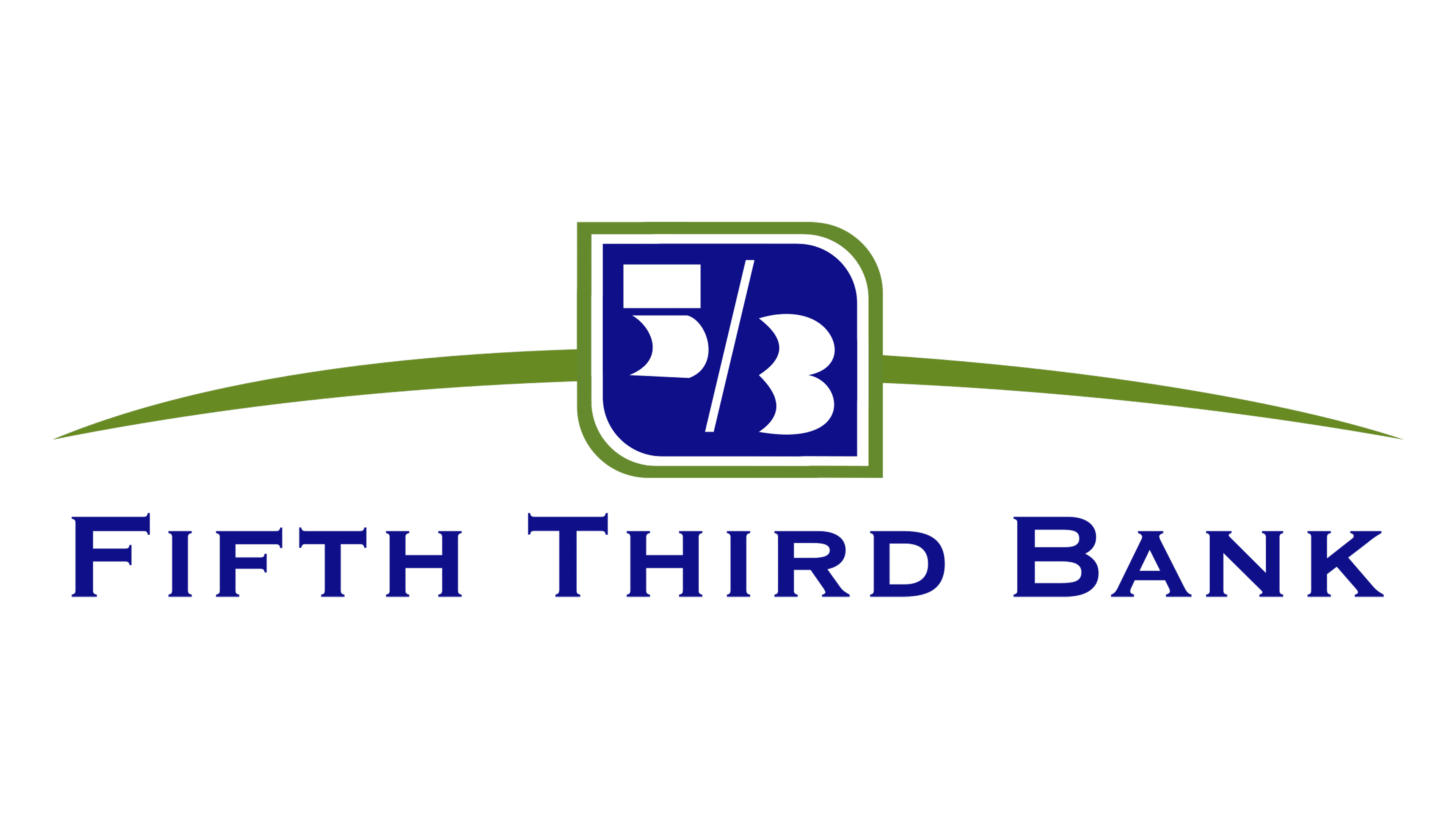
About:
Fifth Third Bank has an exclusive Doctor Loan Program for medical professionals that includes who are eligible. The program is ideal for interns, residents or fellows in their medical residency or scheduled to begin residency within 90 days of closing on a new home.
Degrees that qualify:
DDS, DMD, DO, DPM, DVM, MD, OD
Eligible states:
FL, GA, IL, IN, KY, MI, NC, OH, SC, TN, WV
Contact:
Fifth Third Bank’s doctor mortgage program is open to residents, fellows, physicians, and dentists (MD, DO, DDS, DMD). They also have options for podiatrists, veterinarians, and optometrists (DPM, DVM, and OD degrees).
Financing options available from Fifth Third include:
-
- 0% down for up to $750,000
-
- Low down payment for up to $1.5 million
-
- 10% down for up to $2 million (established doctors and dentists only)
Established physicians need to have been employed or self-employed for at least 12 months.
Also, student loans in deferment or forbearance for at least 12 months after closing are excluded from DTI calculations.
Private: First Bank
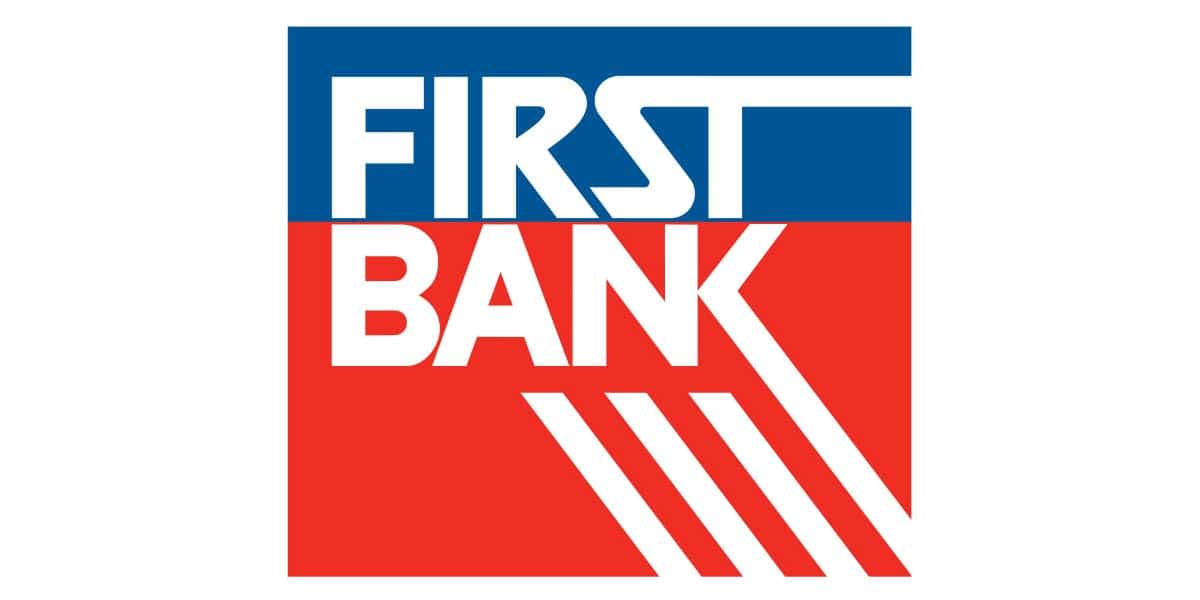
About:
First Bank's Professionals Mortgage Program offers accessibility to zero to low down payments with no PMI to professionals who have their MD, DO or DMD. If you're an attorney looking for a home, don't despair; this program also extends eligibility to attorneys.
Degrees that qualify:
DMD, DO, JD, MD
Eligible states:
CA, IL, KS, MO, NE
An important thing to note is that you must have a verifiable and documented two years of work in your field of employment, in order to be approved. To those who are seeking a single family home, condo, townhouse, or attached PUD, the following financing options are available:
- 100% LTV for up to $400,000
- 95% LTV for up to $1 million
- No private mortgage insurance requirement
- 10/6 ARM, 7/6 ARM or 5/6 ARM products
Only primary residence purchases are allowed by this program. If you have gift funds from a related party, you can use these as a means for a down payment.
If you have a FICO score of less than 720, hold off on applying to this program, because they have a minimum FICO score requirement.
Lastly, you must open a First Bank DDA account with auto-drafting, to make a payment. However, if you live in Nebraska or Kansas, this is not required.
First Horizon Bank

About:
First Horizon Bank has a flexible physician mortgage option for medical professionals with a focus on the the southern US.
Degrees that qualify:
DO, DPM, MD, OMS
Eligible states:
First Horizon Bank has a flexible physician mortgage option for MD, DO, OMS and DPM professionals. It comes with no upfront PMI, higher loan amounts and very low credit score requirements — borrowers with a score of 670 can qualify. You can also close up to 90 days before starting a new job, so long as you have an employment contract in hand.
Residents and fellows within any of the following designations are welcome to apply as well. If you are a permanent resident alien or if you have at least six months left on an eligible work visa, working under one of these designations, you are still eligible.
Financing choices include:
-
- 0% down for up to $1.5 million
-
- 5% down for up to $2 million
-
- 10% down for up to $2.5 million
They also offer H-1B visa non-citizens loans and 100% financing.
Joe Saleh

About:
For medical professionals living in Indiana or Michigan who are seeking secure financing on a primary residence (including single family, townhomes or warrantable condominiums), Old National's physician home loan program could be a good fit.
Degrees that qualify:
DDS, DMD, DO, DPM, DVM, MD
Eligible states:
IA, IL, IN, KY, MI, MN, WI
Contact:
This program accepts professionals with an MD, DO, DDS, DMD, DPM, or DVM, including resident physicians. If you have the minimum required FICO score of 700 or above, you may want to consider looking into some of their financing options:
- 0% down for up to $750,000
5% down for up to $1.25 million
10% down for up to $1.5 million
All that's required by this program is a copy of your medical license, medical diploma, or medical school transcripts, as well as an employment contract.
Josh Feldman

About:
First National Bank's Doctor Loan program is available to eligible MDs (Doctor of Medicine), DOs (Doctor of Osteopathic Medicine), CRNAs (Certified Registered Nurse Anesthetists), dentists, veterinarians, and podiatrists who are less than 10 years from training.
Degrees that qualify:
CRNA, DDS, DMD, DO, DPM, DVM, MD
Eligible states:
DE, FL, GA, MD, NC, OH, PA, SC, TN, VA, WV
Contact:
Those with greater than 10 years are still eligible, but are required to put down a minimum of a 10% down payment. H-1B and green card holders are encouraged to apply. To be approved, one must provide his or her signed offer letter or employment contract.
Financing options include:
- 0% down for up to $1.25 million
- 5% down for up to $1.5 million
- 10% down for up to $2 million
Cash out refinancing is available for up to 80% of the loan. 30 or 15 year fixed-rate and 15, 10, 7 and 5 year ARMs are available.
Aaron Onufrock

About:
In addition to their physician mortgage program, they have one of the broadest professional mortgage programs that includes those with a CPA, CFA, JD, PA, NP, CRNA, DVM or PharmD who are eligible.
Degrees that qualify:
CFA, CPA, CRNA, DDS, DMD, DO, DVM, JD, MD, NP, PA, PharmD
Eligible states:
CO, IL, MO, NE, SD
Contact:
Financing choices include:
- 0% down for up to $850,000
- 5% down for $850,000 to $1.25 million
- 10% down for $1.25 million to $1.5 million
Jim Webster

About:
Fulton Mortgage Company’s physician mortgage loan program is very generous. They provide up to $3 million in financing for pharmacists, veterinarians and podiatrists. A standout quality about this program is that they accept medical professionals up to 15 years out of residency.
Degrees that qualify:
DVM or PharmD who are 15 years or less out of residency
Eligible states:
DC, DE, MD, NJ, VA
Contact:
This program could be a great fit for resident doctors in particular, due to Fulton allowing parent co-signers and there being no reserve requirement.
Financing options include:
- 0% down for up to $1.5 million
- 5% down for up to $2 million
- 10% down for up to $3 million
Eligible borrowers can close on their new home up to 90 days before starting a new position with an acceptable employment contract.
Private: KeyBank

About:
KeyBank's doctor and dentist program extends its eligibility to those who are a resident, fellow, or attending with an MD, DO, DPM, or DMD. Those who can provide a signed employment contract can close 90 days prior to his or her start date of employment.
Degrees that qualify:
DDS, DMD, DO, DPM, MD
Doctors and dentists can get 100% financing up to $1 million. KeyBank also has one of the highest maximum loan limits for any bank offering doctor mortgages.
KeyBank has 30, 25, 20, 15, and 10 year fixed rate options, as well as adjustable rate options of 10/6 ARM, 7/6 ARM and 5/6 ARM.
Maximum cash out available is $1,000,000.
Northwest

About:
Northwest Bank's “Physician's Loan Program” is available to eligible applicants with an MD, DO, DDS, DMD or DPM. With down payment requirements as low as 0% and no required private mortgage insurance (PMI), this program is worth looking into.
Degrees that qualify:
DDS, DMD, DO, DPM, MD
Fixed rate and adjustable rate mortgages are available, as well as rate and term refinance options.
Financing options include:
- 0% down for up to $950,000
- 5% down for up to $1,250,000
- 10% down for up to $1,500,000
A mortgage pre-qualification can help determine how much you can borrow, based on estimates of key factors, such as income, current monthly debt, and credit history.
Regions Bank

About:
Regions Bank's Medical Professional Loans program offers the option of no required PMI to a wide array of professional degrees.
Degrees that qualify:
CPA, CRNA, DC, DDS, DMD, DO, DPM, DVM, MD, NP, OD, PA, PharmD
Eligible states:
Regions Bank’s physician mortgage loan program provides up to 100% financing for loans and no PMI. This program is available to Florida pharmacists, nurse anesthetists, nurse practitioners, physician assistants, veterinarians, chiropractors, optometrists, podiatrists, MDs, DOs, DMDs, and DDSs. Residents and fellows are eligible, as are licensed attorneys.
If you’re interested in funding the purchase of your next home, you can expect a 0% down payment, if you're an MD, DDS or DO. Otherwise, Regions Bank requires a 3% down payment.
Financing options include:
- 30- and 15-year fixed-rate
- 10-, 7- and 5-year ARMs
- Construction to permanent loans
In addition, Regions Bank can exclude (with review) some deferred student loan payments from your DTI ratio, making it easier to qualify for the mortgage amount you are seeking. One great thing to know about this program is that there is no cap on the loan amount that you apply for.
You can close up to 90 days before the listed start date on your employment contract or date of transferred employment. However, it is important to note that non-permanent visa holders are not eligible.
Mike Wagner

About:
With S&T Bank's Professional Mortgage Program, physicians and other eligible professionals can get a mortgage loan for 5% down. The minimum loan amount is $500,000, but there is no maximum. No restrictions apply on a physician's age, and newly self-employed (1099 independent contractor) physicians are allowed with a provided employment agreement.
Degrees that qualify:
DDS, DMD, DO, DVM, JD, MD, PharmD
Eligible states:
OH, PA
Contact:
The program is open to medical residents, medical fellows, attorneys, or applicants who hold an MD, DDS, DMD, DO, DVM or PhD in a non-medical science. H-1B visas and/or green card holders can be served. For military members, VA loans are available, but the professional mortgage program often has better terms.
A few other program terms to note:
- A 700 or higher FICO score is recommended.
- Cash out refinances are limited to 80% LTV (Loan-to-Value) and no cash out limit.
- 30-, 20-, 15- and 10-year fixed rate options and 5- and 7-year ARM options are available.
Neil Surgenor
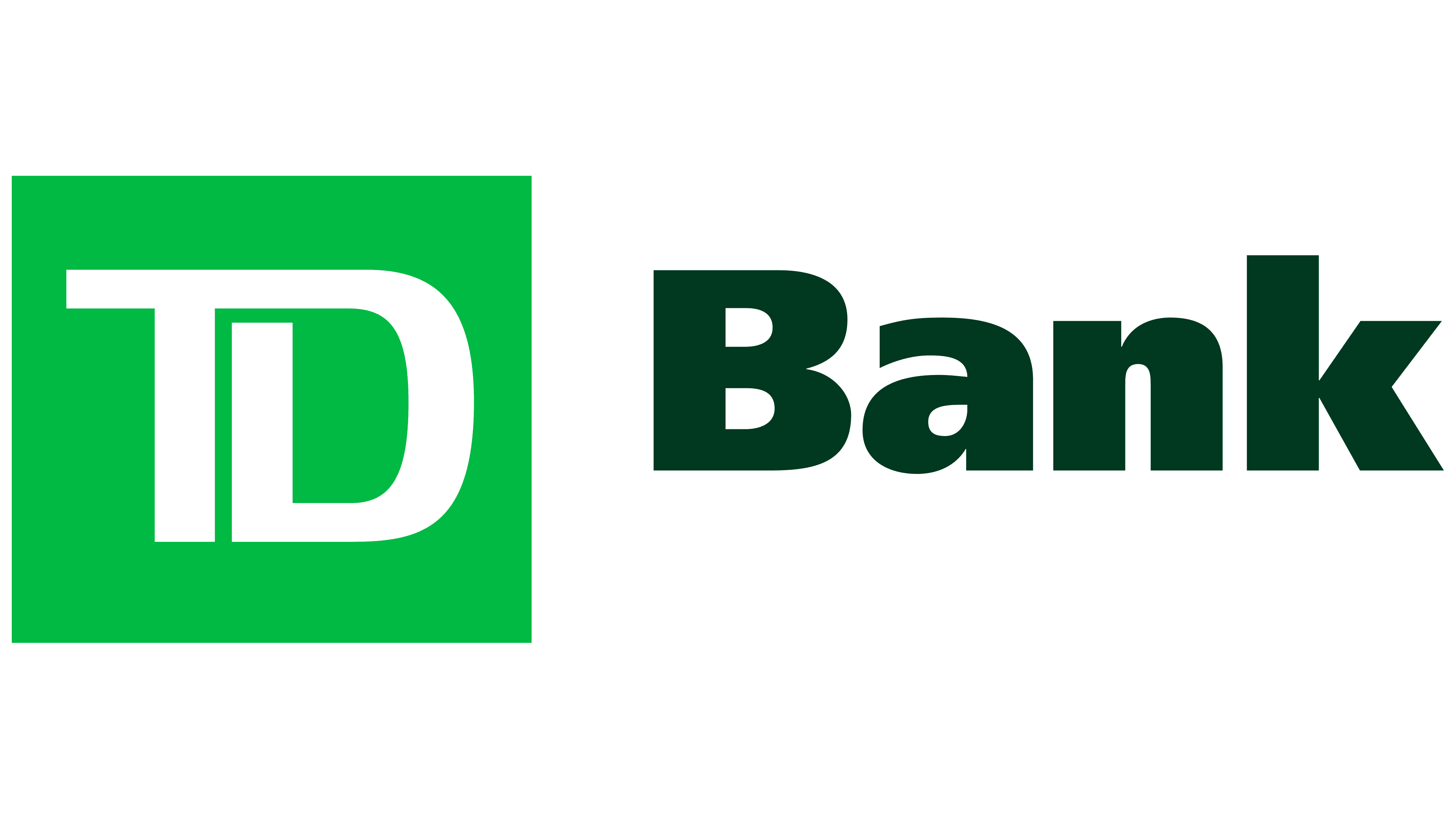
About:
TD Bank doctor mortgages are a great option for physicians, dentists, and podiatrists seeking up to 100% financing with no PMI. Residents and fellows can also qualify, with an added bonus of being able to close up to 90 days in advance of your start date.
Degrees that qualify:
DDS, DMD, DO, DPM, MD
Eligible states:
CT, DC, DE, FL, MA, MD, ME, NC, NH, NJ, NY, PA, RI, SC, VA, VT
Contact:
TD Bank doctor mortgages are a great option for physicians, dentists, and podiatrists seeking up to 100% financing with no PMI. Residents and fellows can also qualify, with an added bonus of being able to close up to 90 days in advance of your start date.
You need one of the following degree types to qualify: MD, DO, DPM, DDS, or DMD.
Here are the TD Bank loan specifics:
- 0% down for loans up to $1 million
- 5% down for purchases up to $1.5 million
- 10.01% down for purchases up to $2 million
TD Bank has 30 year fixed as well as adjustable rate mortgage (ARM) financing options. They also offer flexible underwriting to those with large student loan balances. Doctors with green cards and those on H-1B visas can also qualify.
Matt Albert

About:
Truist recently merged with BB&T and is no longer SunTrust Bank. Truist has a great medical professional mortgage program.
Degrees that qualify:
DDS, DMD, DO, DPM, MD
Eligible states:
AL, AR, CA, DC, FL, GA, IN, KY, MD, MS, NC, NJ, OH, PA, SC, TN, TX, VA, WV
Contact:
Medical professionals have access to the Truist doctor mortgage loan. Practicing physicians with an MD, DO, DPM, DDS or DMD can finance up to $1.5 million. Whereas licensed residents, interns and fellows in an MD, DO or DPM program are limited to $750,000.
Practicing physicians with less than 10 years of experience have the following financing options:
- 0% down for up to $1 million.
- 5% down for up to $1.5 million.
- 10.01% down for up to $2 million.
However, if you have 10 to 15 years of post-residency experience, you’ll be limited to 89.99% financing for up to $1.5 million.
Andrew Berry

About:
UMB Bank's Doctorate Professional Mortgage Loan offers no required private mortgage insurance (PMI), up to 80% cash-out refinancing for up to $2.5 million, no age restrictions, and low down payment options.
Degrees that qualify:
DDS, DMD, DO, JD, MD, OD, PharmD
Eligible states:
AZ, CO, KS, MO, NE, OK, TX
Contact:
UMB Bank's Doctorate Professional Mortgage Loan offers no required private mortgage insurance (PMI), up to 80% cash-out refinancing, no age restrictions, and low down payment options to those with an MD, DO, DDS, DMD, OD, PharmD or JD.
Borrowers must have an employment contract or signed offer letter, a copy of their license, and close within 60 days of contract acceptance. Those who are medical residents must also have a minimum household income of $150,000 to be approved.
Financing options include:
- 0% down for up to $1 million
- 5% down for up to $1.5 million
- 10% down for up to $2 million
15, 20, and 30 year fixed-rate and 5/1, 7/1, and 10/1 year adjusted-rate mortgage options are available.
U.S. Bank
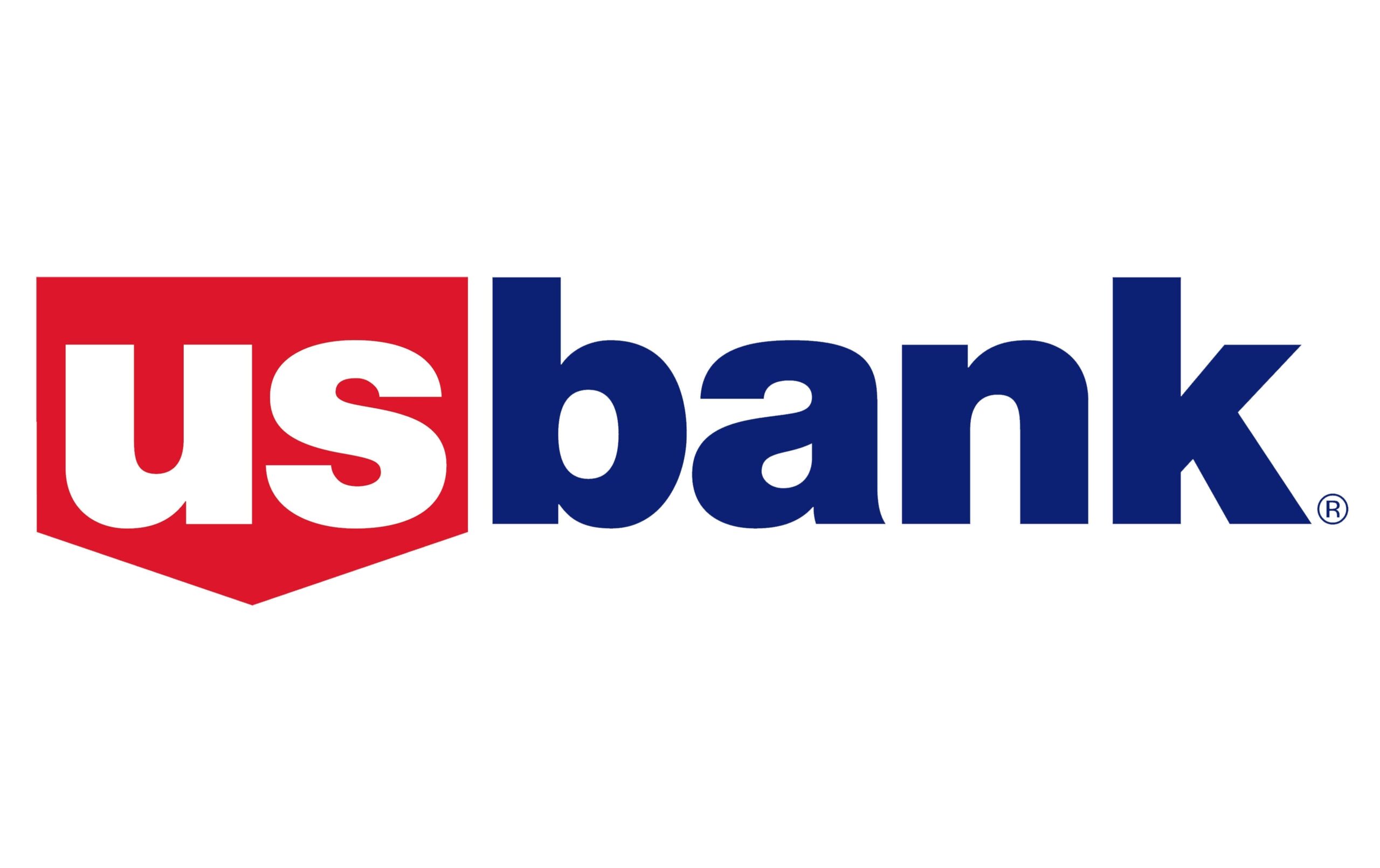
About:
The professional mortgage options at U.S. Bank are available in all 50 states for medical physicians, including MDs and DOs only.
Degrees that qualify:
DO, MD
Eligible states:
The professional mortgage options at U.S. Bank are available for lawyers, as well as medical physicians, including residents, fellows, and doctors of osteopathy (DO).
You can borrow up to $2.5 million, but you’ll need a minimum down payment:
-
- 5% down for up to $1 million
-
- 10% down for up to $1.5 million
-
- 15% down for up to $2 million
Mike DeRaspe

About:
Wintrust Mortgage has an exclusive Doctor Loan Program for medical professionals that also includes Chiropractors and PharmDs who are eligible.
Degrees that qualify:
Chiropractors, DDS, DMD, DO, DPM, MD, PharmD
Eligible states:
AZ, CA, FL, IA, IL, IN, MN, MT, ND, WI
Contact:
Wintrust Mortgage has an exclusive Doctor Loan Program for medical professionals that includes, MD, DO, DPM, DDS, DMD, Chiropractors, and PharmDs who are eligible. The program is also ideal for residents or fellows in their medical residency who have 6 months or less remaining. Loans of up to $3 million are available, and future income is utilized if closing within 90 days of employment start date.
Medical professionals will find a variety of financing options at Wintrust Mortgage, ensuring the right fit for your long-term financial planning. Loans are available for various property types, including single-family residences, townhomes, and condos, provided they are the primary residence.
Financing options include:
- 100% for up to $850k
- 97% for up to $1.25 million
- 95% for up to $1.5 million
- 90% for up to $2 million
- 80% for up to $3 million
It's possible to complete your home purchase up to 90 days before the start date indicated on your employment contract or when transferring employment.
Additional Lenders
See our reviews of other physician mortgage options:
- Alerus Financial
- Amplify Credit Union
- Arvest Bank
- Bank of America
- BankMD
- Cadence Bank
- Citizens
- Fairway Independent Mortgage Co.
- First Citizens Bank
- First Federal Lakewood
- First United Bank
- Flagstar Bank
- Frandsen Bank & Trust
- Great Southern Bank
- Guaranteed Rate Affinity
- Happy Mortgage
- Lake Michigan Credit Union
- Laurel Road
- Liberty Federal Credit Union
- Midfirst Bank
- Northpointe Bank
- PNC Bank
- Simmons Bank
- SoFi
- Synovus Bank
- Washington Trust
- Wells Fargo
- WesBanco
Physician Loans Programs by State
Options for Doctor Mortgage Loans
You can reach out to the bankers listed above about specific physician and dentist mortgage loans.
So, text, call or email the loan officer for your state by clicking the map above, and please feel free to contact Student Loan Planner if you move forward in the process.
If you're a lender who would like to have your name and contact info listed here, send an email to andrew@studentloanplanner.com.
Disclosures:
*All programs subject to credit approval and loan amounts are subject to creditworthiness. Some restrictions may apply. The term, amount, interest rate, and repayment schedule for your loan, and any product features may vary depending on your creditworthiness and on the type, amount, and collateral for your loan. Repayment structure, prepayment options and early payoff are all subject to product availability and credit approval. Other restrictions may apply. Products and restrictions are subject to change. Each bank listed is not responsible for, and does not guarantee the services and/or products of Student Loan Planner, or any affiliate, subsidiary, or parent company of it. All logos and company names mentioned herein are the property of their respective owners.

